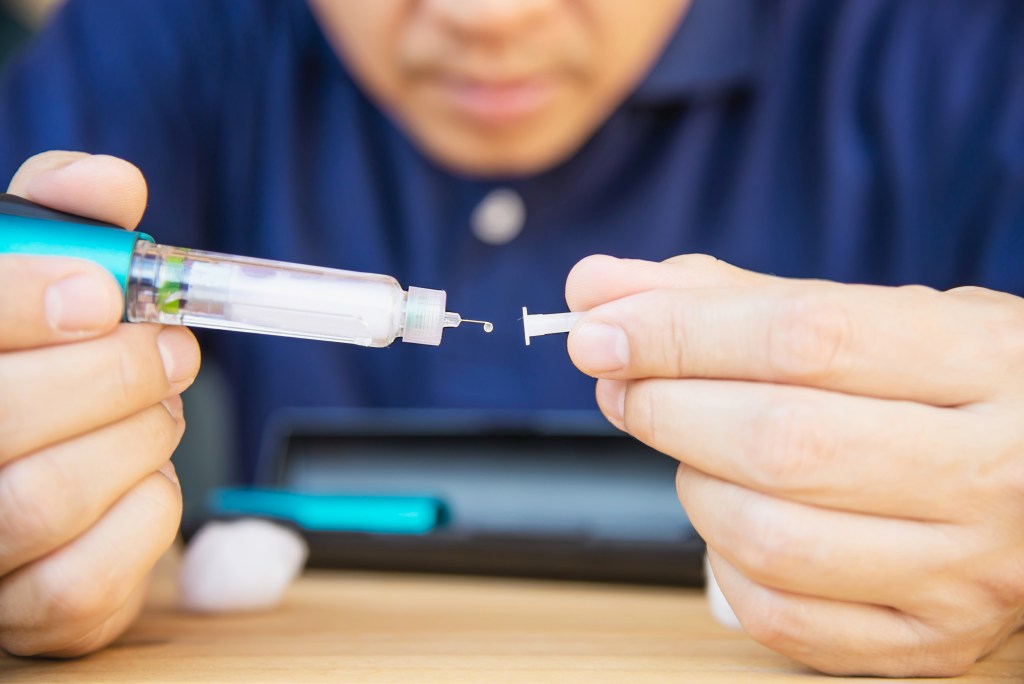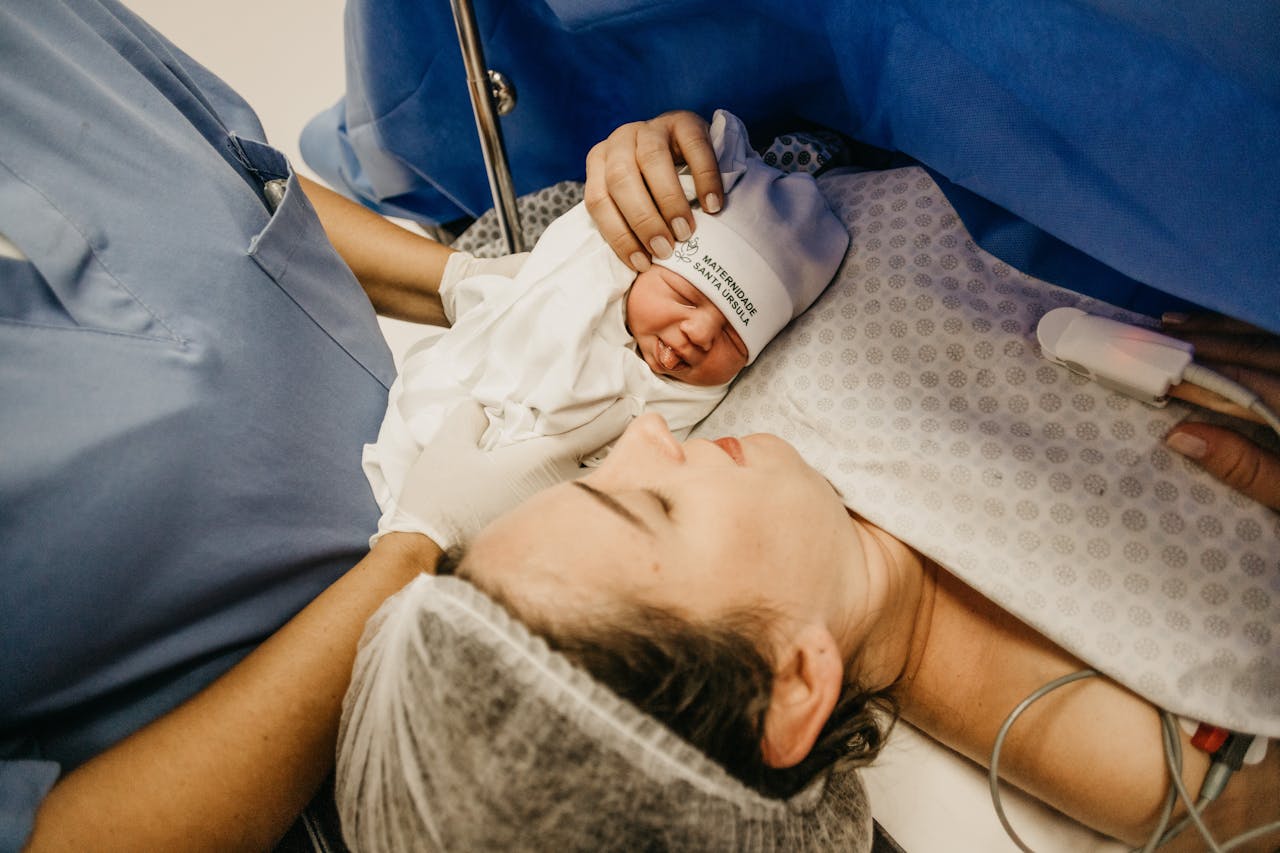The greatest obstacle to curing Type 1 diabetes has always been the body’s own immune system, the very force that caused the disease in the first place. For nearly four decades, one man lived with the daily reality of Type 1 Diabetes, a condition defined by a constant battle against his own body. Now, he is producing his own insulin for the first time since childhood.
This isn’t the result of a powerful new drug that suppresses his immune system, but a groundbreaking cell therapy that uses a biological sleight of hand, teaching transplanted cells to hide in plain sight. This single achievement challenges the very foundation of how we treat autoimmune diseases, illuminating a new path from lifelong management to genuine biological restoration.
Teaching New Cells to Evade the Body’s Defenses

The trial’s success comes from a clever gene-editing technique that makes the donor cells invisible to the immune system. Using a tool called CRISPR, which acts like a tiny pair of molecular scissors, scientists make three specific changes to the cells’ DNA. These changes act like a special passport, allowing the new cells to live and work in the body without being attacked as invaders. The technique was designed to solve a double-challenge: stopping the body’s natural rejection of foreign tissue and blocking the original autoimmune attack that caused the diabetes.
First, the scientists remove the main “ID tags” (known as HLA molecules) from the surface of the donor cells. The immune system’s patrol cells, called T-cells, use these tags to check for outsiders. By removing the tags, the new cells become unrecognizable to these patrols.
This is like a spy getting rid of their foreign passport, allowing them to blend in and avoid being captured. This step helps to neutralize the body’s main lines of attack from both transplant rejection and the original disease.
But removing the ID tags creates a new problem. The body has a second line of defense—guard cells like Natural Killer (NK) cells—that are trained to destroy any cell they find without an ID tag. This is a safety measure to get rid of rogue cells like viruses or cancer. To solve this, scientists make a third and final change: they program the cells to produce extra amounts of a protein called CD47. This protein sends a powerful “don’t eat me” signal to the guard cells, telling them to stand down. It’s like giving the spy a high-level security clearance that tells the guards to leave them alone. This final step completes the “invisibility cloak,” allowing the engineered cells to sidestep all of the body’s major security systems.
An Accidental Experiment with a Perfect Result

The best proof for this technology came from a surprise test inside the patient’s body. The batch of edited cells wasn’t perfect; along with the fully “cloaked” cells, the transplant included some unedited cells and some that were only partially edited. This happy accident created the ultimate experiment, allowing scientists to see how the immune system would react to each type.
The results were crystal clear. The body’s immune system immediately found and destroyed the unedited cells, treating them like any foreign invader. It also eliminated the partially edited cells; because they were missing their “ID tags” but didn’t have the protective “don’t eat me” signal, the body’s guards saw them as a threat.
Only the fully cloaked cells survived. With their “ID tags” gone and the “don’t eat me” signal active, they were left completely alone. They settled in, survived the immune system’s attack, and started their job of making insulin. This proved that all three genetic edits were essential for the treatment to work, providing the clearest sign possible that the science was sound.
From a Single Patient to a Scalable Solution

The initial trial provides powerful proof that this biological cloaking technology works in a human. It validates the science in the most meaningful way possible. However, the procedure used islet cells from organ donors, a source too scarce to ever treat the millions of people living with Type 1 Diabetes. It is an inherently unscalable platform that could never meet the global need.
The trial’s true strategic purpose was to de-risk and validate the gene-editing platform itself. The ultimate goal is to apply this same validated technology to a virtually limitless source of cells: insulin-producing islets grown in a lab from pluripotent stem cells. These stem cells can be propagated indefinitely and then guided to differentiate into any cell type, offering a consistent and renewable supply. This next-generation program, known as SC451, represents the path to a scalable, standardized, “off-the-shelf” therapy that could one day be manufactured for all who need it.

The journey from this single-patient success to a widely accessible therapy is still long and complex. Formidable challenges in manufacturing must be overcome; unlike traditional drugs, cell therapies are living products where the “manufacturing process is the product,” demanding monumental quality control to ensure purity, potency, and the absence of any potentially harmful undifferentiated cells. Long-term safety must also be rigorously established through years of follow-up to ensure the genetic edits are stable and don’t lead to unforeseen consequences.
Finally, the prohibitive cost of innovation must be navigated. With similar one-time gene therapies priced in the millions of dollars, this breakthrough will force an equally necessary innovation in how healthcare systems structure payments for cures, moving away from chronic billing toward new models that value long-term health.
A True Cure, Not Just a Better Treatment

For years, advanced diabetes care has focused on better management tools. Automated Insulin Delivery (AID) systems, the “artificial pancreas,” have revolutionized daily care by mimicking the pancreas’s function with external devices. These systems reduce the cognitive burden and improve glycemic control, yet they still require the user to wear devices, manage supplies, and remain tethered to the technology. More recently, immunotherapy drugs like Teplizumab have shown the ability to delay the onset of the disease by two to three years in high-risk, presymptomatic individuals. While transformative, these technologies are tools for management and preservation, not restoration. They make living with the disease easier or delay its final stage, but they do not reverse it.
This new gene-edited cell approach represents a fundamental shift. It is not about mimicking a lost function or slowing its decline, but about restoring it entirely. The recent discontinuation of a trial for an encapsulated cell therapy—where the same type of cells were placed in a protective physical device but failed to produce enough insulin—highlights the potential superiority of this biological approach. Encapsulation often fails due to the body’s foreign body response, where fibrotic tissue grows around the device, cutting off oxygen and nutrients and slowly suffocating the cells inside. Rather than building a physical shield that can become compromised, gene-editing teaches the cells to shield themselves from within. As Aaron Kowalski, CEO of Breakthrough T1D, stated in response to the findings, results like these are a sign that cures for T1D “are approaching reality.”
A New Era of Collaborative Medicine

This breakthrough signals a new era of medicine, one defined by collaboration with the body rather than confrontation. Instead of weakening our natural immune defenses with powerful drugs, we can now provide healing cells with a “secret password.” This allows them to be recognized as allies, not invaders, empowering them to work in harmony with the body’s own processes. It’s an approach that guides the body back to health from the inside out, respecting its innate intelligence.
This represents a profound shift in thinking: moving from viewing the body as a machine with broken parts to seeing it as a wise, self-regulating system. By making one small, targeted change, we can unlock the body’s incredible and natural potential to heal itself. The future of medicine, therefore, is not about overpowering disease, but about entering into a partnership with the body, learning to speak its intricate language to restore balance and well-being.
Source:
- Budlayan, M. L. M., Bermundo, J. P. S., Solano, J. C., Ilasin, M. D., Guerrero, R. A., & Uraoka, Y. (2025). Droplet-Scale Conversion of Aluminum into Transparent Aluminum Oxide by Low-Voltage Anodization in an Electrowetting System. Langmuir, 41(1), 184–192. https://doi.org/10.1021/acs.langmuir.4c03303









Leave a Reply